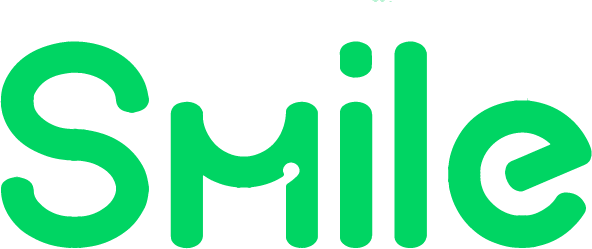Lending is an ever-evolving industry, and there are many different trends that are shaping the way lending is done today. Some of the key trends in lending include:
- The rise of online and digital lending platforms, which are making it easier and more convenient for borrowers to access credit. The rise of online and digital lending platforms is revolutionizing the way that borrowers access credit. These platforms are making it easier and more convenient for borrowers to access credit by eliminating paperwork and reducing processing times. As a result, borrowers can receive the money they need faster than ever before. Additionally, online and digital lending platforms also provide greater transparency for borrowers, ensuring that they understand the terms of the loan before signing any documents. These platforms are also creating more competition in the lending space, driving down interest rates and increasing the availability of credit. Ultimately, the rise of online and digital lending platforms is making it easier and more convenient for borrowers to access the credit they need.
- The growth of peer-to-peer (P2P) lending, which allows individuals to lend and borrow money directly without the need for a traditional financial institution. Peer-to-peer (P2P) lending has grown rapidly in recent years, giving individuals the ability to lend and borrow money directly, without the need for a traditional financial institution. P2P lending typically involves providing funds to a borrower, who then pays the lender back with additional interest. This has the potential to provide an alternative form of credit to those who might not have access to traditional financial services. Additionally, lenders are able to generate income through the interest they earn on the loans, while borrowers gain access to funds without the high interest rates commonly associated with traditional forms of credit. P2P lending platforms have also contributed to greater financial inclusion, providing access to loan opportunities to a much wider range of borrowers. As the P2P lending market continues to grow, it has the potential to revolutionize the way individuals access credit.
- The increasing use of alternative data sources to assess creditworthiness and make lending decisions, such as information from social media and other online platforms. The increased use of alternative data sources to assess creditworthiness and make lending decisions is rapidly becoming a popular industry trend. Alternative sources such as social media and other online platforms can provide a more comprehensive assessment of a customer's creditworthiness and financial stability. These sources offer more detailed insights into a customer's current financial situation, allowing lenders to make more informed decisions. Additionally, lenders can use this data to assess risk and identify potential fraud patterns. As technology advances, alternative data sources will continue to become an integral part of the loan process. It is essential for lenders to ensure that the data used is reliable, accurate, and compliant with all relevant regulations. This will help ensure that customers receive the best service possible and that lenders are making responsible lending decisions.
- The expansion of microlending and other forms of small-scale lending, which are helping to bring financial services to underserved populations. The expansion of microlending and other forms of small-scale lending is revolutionizing financial services for many underserved populations. By providing access to credit, those who have been less likely to receive traditional banking services can now access financing options to jumpstart or grow their businesses. These microfinance services are being embraced by banks, non-profit organizations, and other lenders to provide more options to people who have traditionally been excluded from the financial system. This is allowing those underserved populations to not only establish credit, but to also build a savings cushion, purchase a home, or even send their children to school. Microfinance is therefore an essential tool in helping these populations to become more financially stable.
- The growing popularity of sustainable and socially responsible lending, which takes into account environmental, social, and governance (ESG) factors in lending decisions. The growing popularity of sustainable and socially responsible lending is a trend that is worth noting. ESG (Environmental, Social, and Governance) factors are becoming increasingly important in lending decisions, as they consider the implications of financing on the environment, society, and governance. These loans are often cheaper, as they require the borrower to demonstrate that they are taking into account ESG considerations. This helps to ensure that the loan will be repaid and that the investment will be beneficial to the environment and society. Furthermore, this trend helps to foster responsible business practices, which can benefit everyone involved. As a result, sustainable and socially responsible lending is quickly becoming the norm in the financial world.
In conclusion, the lending market is constantly evolving. Technology and digital innovation are allowing lenders to be more accessible and to offer more options to the consumer. Consumers are increasingly using alternative lenders to close gaps in financing and to finance their long-term goals. Regulatory, environmental and social changes are also creating changes in how the industry operations,. As consumer needs, preferences, and the market environment continue to change, lenders need to stay abreast of the latest trends to remain competitive.




